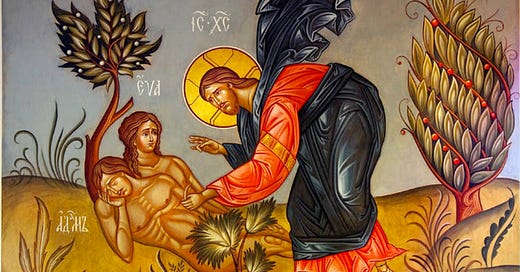I was happy recently to discover ContraPoints, the ongoing artistic cultural commentary of one Natalie Wynn, a trans woman with a graduate background who, to my great pleasure, cites the quotes she uses in her videos. (This is, by the way, the special psychosis of anyone who has been to graduate school; it’s a tick by which we are able to recognize one …
Keep reading with a 7-day free trial
Subscribe to A Perennial Digression to keep reading this post and get 7 days of free access to the full post archives.




![Natalie Wynn (ContraPoints) | The Personality Database [PDB] | Social, Cultural & Political Commentators Natalie Wynn (ContraPoints) | The Personality Database [PDB] | Social, Cultural & Political Commentators](https://substackcdn.com/image/fetch/$s_!feHi!,w_1456,c_limit,f_auto,q_auto:good,fl_progressive:steep/https%3A%2F%2Fbucketeer-e05bbc84-baa3-437e-9518-adb32be77984.s3.amazonaws.com%2Fpublic%2Fimages%2F4044b2cd-b7d2-4187-9cc7-3489cfd624c1_200x200.png)